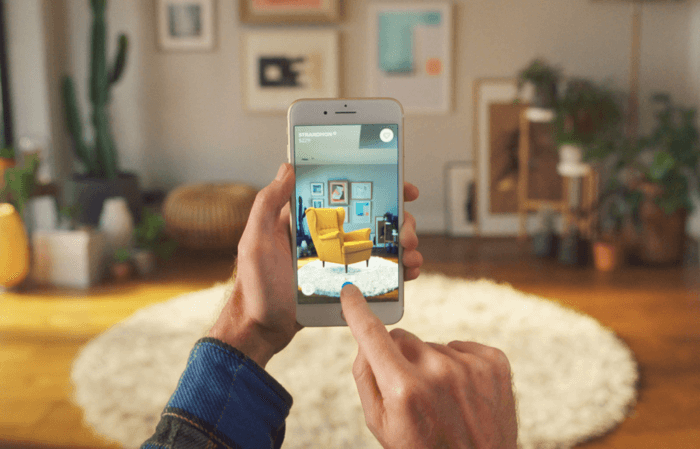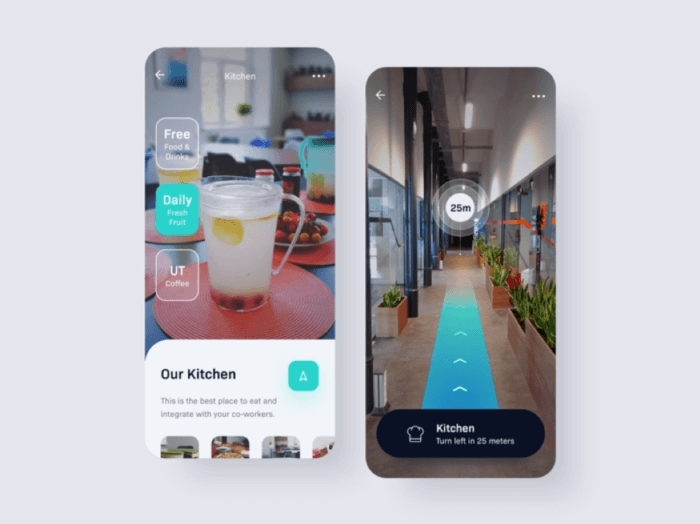Augmented Reality for Customer Engagement: Unlocking the Benefits of AR Technology
Augmented-reality For Customer Engagement, Remember the phenomenon that was Pokémon Go? Its groundbreaking use of augmented reality (AR) captivated millions, demonstrating how AR can engage users like never before. But can marketers harness this technology for not just attracting users but also driving sales? The answer is a resounding yes!
Why Augmented Reality Matters in Marketing
AR has rapidly become an essential tool for marketers, significantly enhancing customer engagement and product interest. According to research by Deloitte, a majority of mid-market companies are actively experimenting with AR to improve user experiences, As consumers increasingly demand interactive and immersive experiences, businesses that leverage AR can stand out in a crowded marketplace.

The Growing Importance of Augmented-reality For Customer Engagement: in Marketing
The strength of AR lies in its ability to create captivating experiences that resonate with customers at multiple touchpoints throughout their purchasing journey. Here are some key stages where AR can have a substantial impact:
1. Pre-Sale Stage: Attract and Engage
In today’s digital landscape, consumers are faced with a plethora of options at their fingertips. This fierce competition necessitates that marketers utilize innovative tools—like AR—to capture and maintain consumer attention.
Here are some ways AR can engage users prior to purchase:
- Product Information Access: Users can scan product packaging or QR codes to instantly receive detailed information about the item. This allows for quick comparisons and informed decision-making.
- Virtual Try-Ons: AR technology enables potential customers to “try on” products such as makeup, glasses, or clothing virtually. This not only enhances the shopping experience but also minimizes the risk of post-purchase dissatisfaction.
- Interactive Experiences: With AR apps, users can take virtual tours of your company’s headquarters or even experience product usage in real-world contexts, thus building a more profound connection to your brand.
Inspiring Examples:
- Sephora Virtual Artist: This innovative app allows users to test various makeup products virtually before they make a purchase decision, enhancing engagement and customer confidence.
- Wanna Kicks: Users can virtually “try on” shoes using the app, enabling them to find the perfect fit from the comfort of their own home.
2. Point of Purchase Stage: Facilitate Decision-Making
Many consumers abandon shopping carts or leave physical stores without making a purchase due to uncertainty about how a product will fit into their lives or home decor. AR addresses this challenge by allowing users to visualize products in real-time, right where they plan to use them.
Take, for example, the IKEA app. Users can virtually place furniture pieces in their own living spaces, dragging items around their screens to assess how well they fit and coordinate with existing décor. This innovative approach not only alleviates uncertainties but also empowers consumers to make informed buying decisions.
Additionally, incorporating QR codes on product packaging enables users to scan and access even more comprehensive product information, aiding in their final decision-making process.
Inspiring Examples of Augmented-reality For Customer Engagement:
- IKEA’s AR App: This app revolutionizes the way consumers shop for furniture, allowing them to visualize how IKEA products will look in their homes.
- Audi’s AR App: This app empowers users to explore vehicle models from their smartphones, examining features and colors before making a visit to the dealership.

3. Post-Sale Stage: Inform and Support
A successful marketer not only clinches the sale but also nurtures continuous customer interest after the purchase. AR plays a crucial role here, enhancing long-term customer relationships through tailored support and informative content.
Instead of relying on dense manuals or poorly structured FAQs, companies can leverage AR to provide engaging maintenance and support materials. For example, by scanning a QR code on the product packaging, customers can access interactive instructions directly on their mobile devices. This makes it easier and more enjoyable for customers to learn about product usage, maintenance, and features.
4. AR-Based Gamification: Fun Engagement and Education
The widespread popularity of AR games, especially following Pokémon Go, presents an exciting opportunity for companies. By developing fun and interactive AR applications, brands can engage customers while simultaneously educating them about products.
For instance, companies can create AR experiences that reward users for completing educational tasks related to their products. This not only makes the learning process enjoyable but also helps build a strong connection between the customer and the brand.
5. Augmented-reality For Customer Engagement: Employee Onboarding and Training
The benefits of AR extend beyond customer engagement; it can also enhance employee onboarding and training processes. By offering new hires virtual tours of the company and its departments, AR helps familiarize them with the workplace environment.
For training, AR can facilitate immersive simulations to prepare employees for real-life scenarios, enhancing their problem-solving skills. For example, sales staff can practice handling difficult customer interactions in simulated environments, enabling them to respond more effectively in real situations.

Key Takeaways of Augmented-reality For Customer Engagement
While the potential of AR technology is immense, businesses should not rush into implementation merely because it’s a trend. Here are some guidelines to consider:
- Define Your Business Goals: Begin by identifying your organization’s objectives and areas that require optimization. This clarity will help in selecting the most suitable AR solutions to address your specific needs.
- Focus on User Experience: Implementing AR technology is only the first step. Ensure that your application performs smoothly and efficiently. Collaborate with skilled developers who specialize in AR integration and user experience design.
- Test and Iterate: Once your AR solutions are in place, continually gather feedback and make adjustments. This ensures that the technology remains aligned with customer preferences and effectively meets their needs.
Conclusion
Augmented reality is poised to revolutionize how businesses engage with their customers, offering unprecedented opportunities to enhance the purchasing journey. By understanding the capabilities of AR technology and applying it strategically, companies can build deeper connections with their customers, ultimately driving loyalty and sales.
Embrace the future with AR—your customers














